First Nations Peoples on Reserve.
An estimated 150,000+ First Nations, Inuit, and Metis children were forced to attend residential schools while they were in operation. An estimated 6,000+ First Nation, Inuit, and Metis children lost their lives at residential schools. (The official number of lives lost is still being determined)

Copyright 2021 © Indigenous Training Collective. WUIR Permit # 26-7530-381 BN 839-068-848. Website by Third Gen Design.